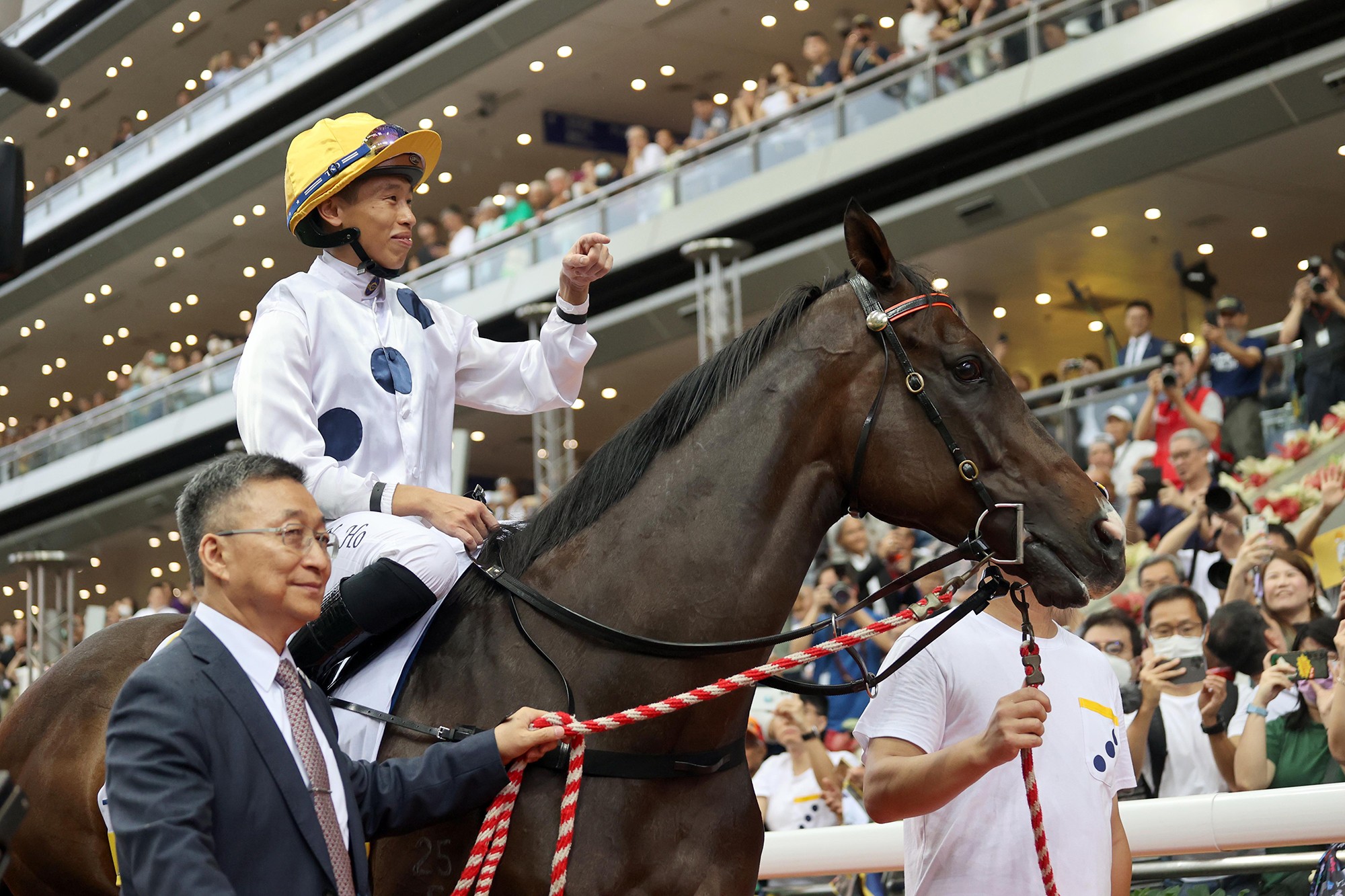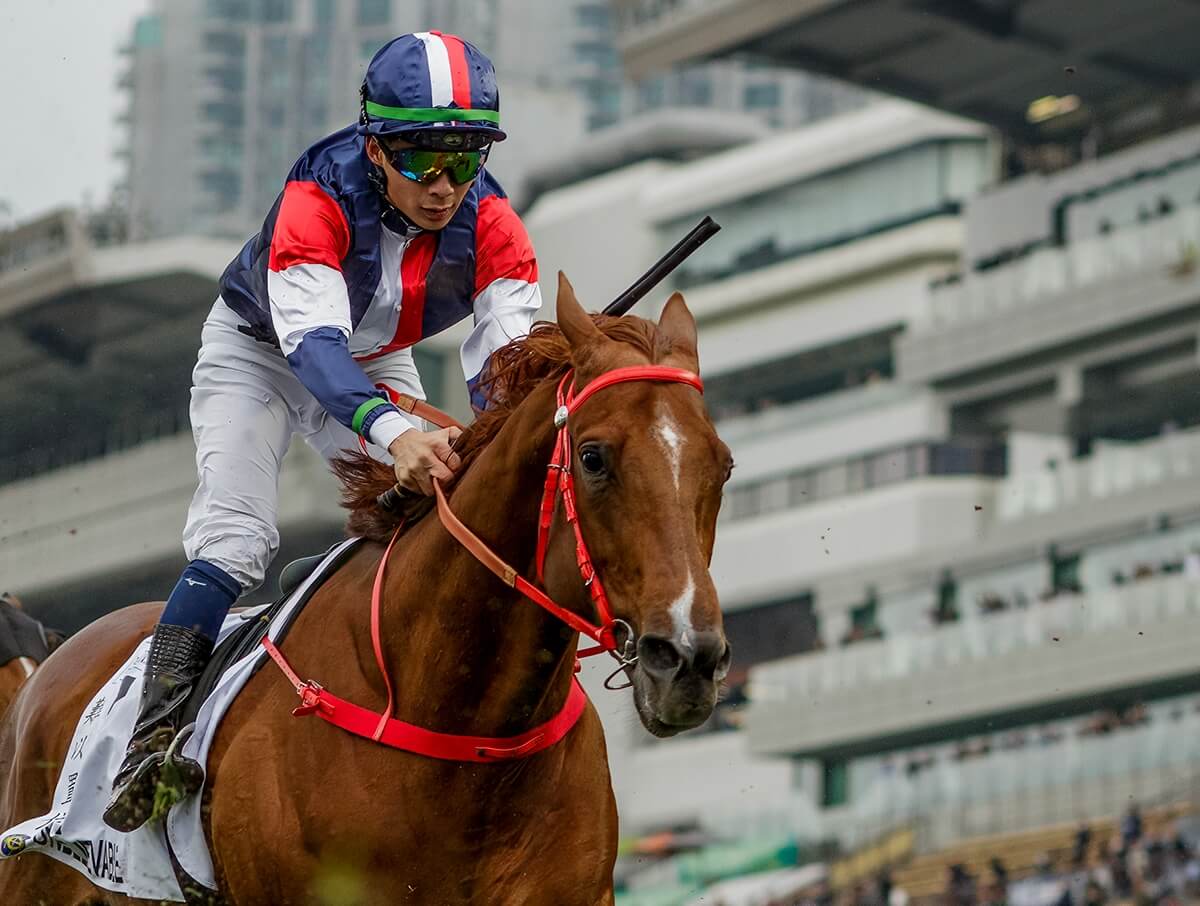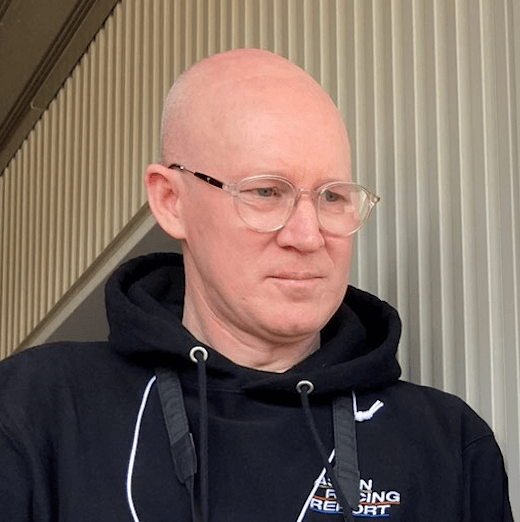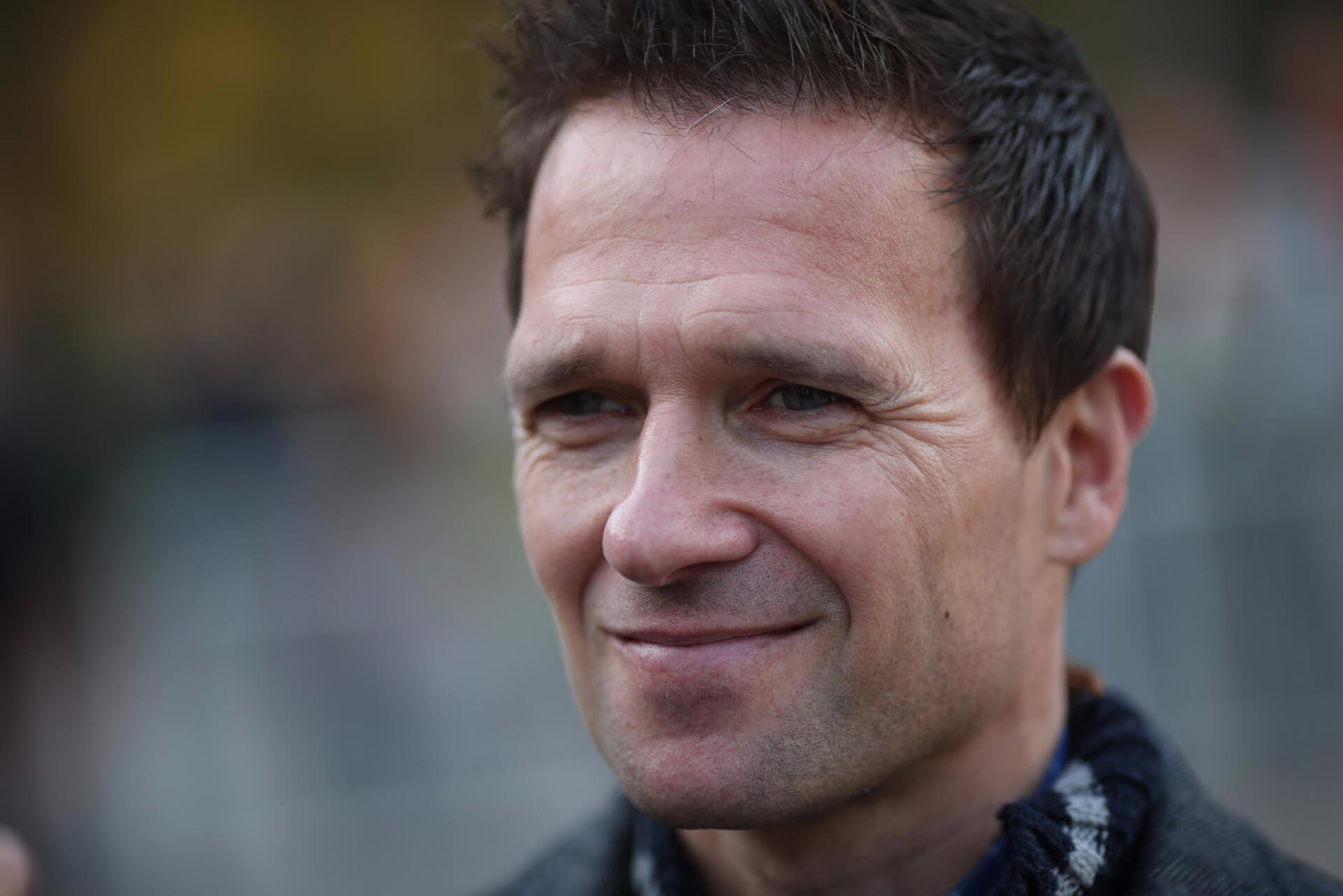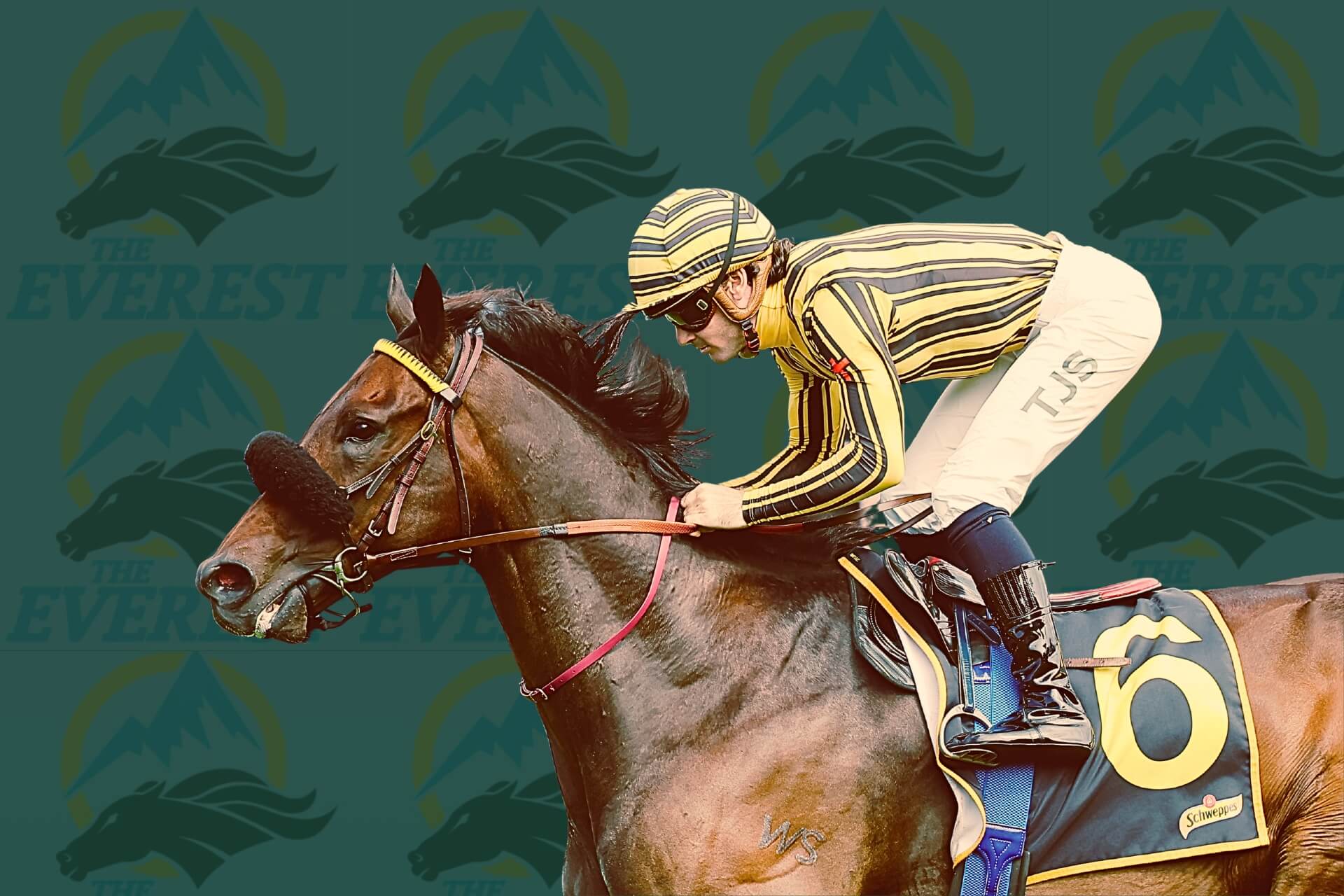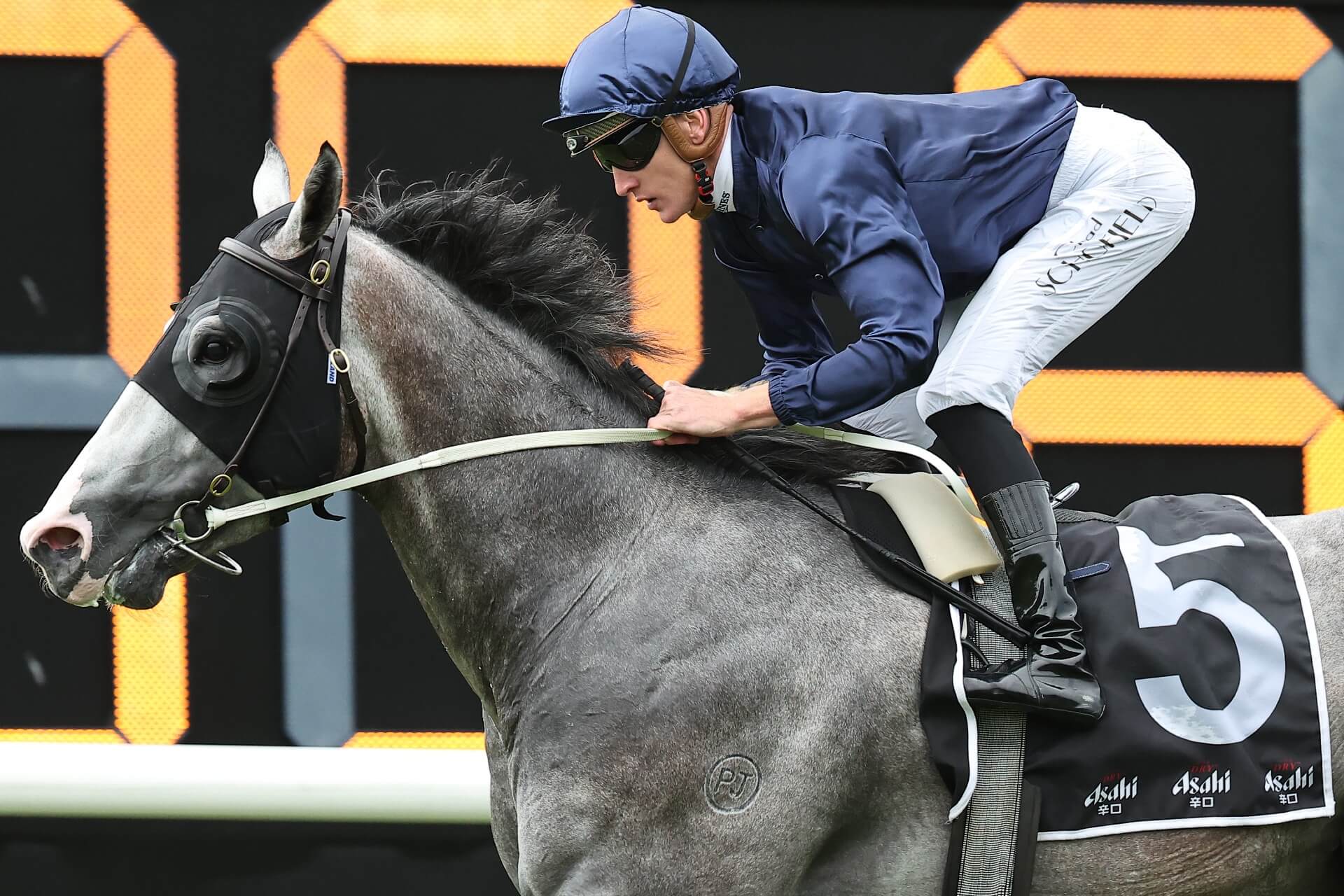City of Troy’s pre-Breeders’ Cup workout at Southwell racecourse in England was an afternoon to remember for those who attended. It was a rare slice of Ballydoyle transplanted to backwater Nottinghamshire for an in-house barrier trial, complete with American starting gates, a bell, and silked-up riders: Aidan O’Brien was there and so was Ryan Moore, two all-time greats of the game, signing autographs and stopping for selfies with any of the 720 fans who came through the gates and waited patiently, paddock-side.
“But what about Henri Matisse, Aidan? He’s a Group 1 in him, hasn’t he?” asked one fan in a strong Scots accent.
O’Brien engaged happily, in that earnest way of his, expressing the merits of the recent G1 Vincent O’Brien National Stakes runner-up. That was what the Scotsman wanted to hear to fuel his winter dreams for what he clearly hopes will be next year’s hero.
Moore, too, stayed long after City Of Troy had finished his workout and exited, but O’Brien stayed longer, right until the last of the one-off mini ‘race-cards’ had been signed, his signature flowing across a picture of City Of Troy’s alert head.

But Moore and O’Brien were the support acts: conduits to the headliner. The Southwell exercise served as a strong reminder that the horses are the biggest heroes in this sport and that the connection between the fans and their heroes is what gives it all life.
These people had come to see City Of Troy, and, while they might have won a pound or two on him in his stellar six-win career, he is far more to them than merely a vehicle to bet on; they see him for what he is, an elite athlete, a sporting hero with his own character and star appeal.
“We missed him at York, so when we heard about this, we had to come and see him, we had to!” one man told O’Brien, conveying to the trainer in his tone his delight at having seen the brilliant colt at least this once.
The York Racecourse CEO, William Derby was also there, a fan this time, having popped south down the A1 motorway, binoculars at the ready, to see the horse that had wowed the Knavesmire crowd in August with a stunning victory in the G1 Juddmonte International Stakes, a ‘win and you’re in’ race for the Breeders’ Cup Classic. On this day, though, City Of Troy wowed the ‘700’ at Southwell just by being there.
Still, there was a rippling hum of admiring approval when the son of Justify straightened off the Southwell bend and stretched into a raking gallop, grinding rather than surging, but looking focused, running true and powerfully on the Tapeta surface under Moore. Then came the spontaneous applause that accompanied the final furlong, a gesture afforded only the most respected of athletes.

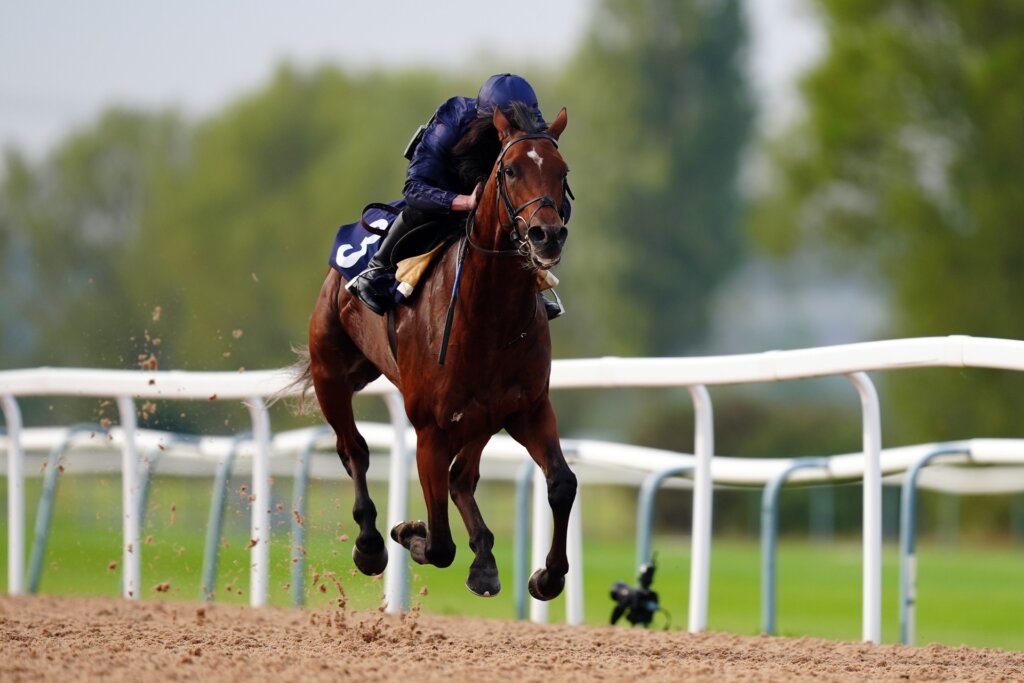
That kind of reaction, and the emotions that ignited it, is where some hope lies for horse racing. The sport is in danger, locally and globally: racing’s social licence is under threat almost everywhere, to varying but equally problematic degrees, from animal rights groups, from anti-gambling lobbies and legislation; then there’s the industry inertia and discord. Load on top of all that a general apathy among potential fans who are not only juggling a multitude of entertainment options but are also increasingly far-removed from in-person interactions with horses. Connections are being broken or not being made at all.
In an interview for Idol Horse Podcast, journalist and author Andrew Rule, who wrote the Winx biography, told Idol Horse editor Michael Cox that he worries about the social licence and how the elevation of racing’s gambling aspect above the sporting elements poses a real danger to the sport’s long-term continuation.
“If you reduce racing or make racing … into just nothing but a big gambling medium, so that racehorses are a live element in a roulette wheel, there’s a great danger in that,” he said, “because as soon as the public and therefore the government, turns against gambling you choke racing … so racing needs to not rely entirely on gambling and gaming, it needs people to love it for what it is. And that is a sport. The way that people love football and the way they love cricket.”
That approach to promoting horse racing as a sport packed with heroes is apparent in Japan and also Hong Kong, but not so much in Europe and the United States. It was in evidence two days after City Of Troy’s Southwell event when the great Golden Sixty walked out at Sha Tin to be adored by his Hong Kong fans for one final time.
It is not unusual that Golden Sixty – perhaps Hong Kong’s mightiest champion of all – had a retirement ceremony. It’s normal for Hong Kong’s Group 1 stars to be paraded in front of the grandstands and honoured in the parade ring before they head off to retirement. In Golden Sixty’s case, that will be at Northern Horse Park in Hokkaido.
In another episode of Idol Horse Podcast, second-season Hong Kong trainer Mark Newnham talked about how racing can engage with the public, and he too emphasised Japan and Hong Kong.
“I think if it’s approached from the two most successful jurisdictions at the moment, Hong Kong and Japan,” he said, “they promote the horse, and that’s the area that will grab the public’s attention: promoting the participants, but promoting the horse as an athlete, as a superstar athlete. Now, that should be encouraged. You see it in Japan a lot as well and that gets people’s attention.”
Japan is the clubhouse leader in this department. Tens of thousands of fans will stay back after the last race on the days when a Group 1 hero has a retirement ceremony at the track; and they’ll buy the JRA (Japan Racing Association)’s merchandise by the bagful, most notably the soft toy ‘plushies’ of idol horses, like Equinox, Sodashi, Deep Impact and so many more. Try walking around a JRA racetrack without seeing a miniature plushie swinging from a fan’s backpack: you can’t.
If Arena Racing Company could have had City Of Troy plushies on sale at Southwell, they’d likely have sold like hot cakes. The people there couldn’t get enough of their hero, and as many of them encircled the paddock post-gallop as had gathered there before it: few if any left early.
But then he was gone. Led away, perhaps never to be seen again on a European racecourse. Next stop Del Mar for the Breeders’ Cup Classic, and then likely off to stud.
This scenario has long been a problem for the sport. How can any person beyond the hardcore fans connect fully with a hero athlete if the hero is around for only a year or so and then is whisked out of the spotlight before they have even reached physical maturity? Why should the broader sports media care about such fleeting stars that depart just when the story gets interesting? It’s like if Jude Bellingham were to hang up his football boots for good tomorrow, at age 21, after one excellent season at Real Madrid.
Last year Ace Impact was the latest of far too many that come in the category of stunted heroes: the ‘what might have beens.’ The brilliant colt raced six times in his career, all between January and October of that year, won them all, including the French Derby and the Prix de l’Arc de Triomphe and then was packed off for stallion duties. Sure, he won an Arc, but maybe we’d be talking about him as one of the all-time greats by now if he’d raced on. Such a loss and a missed opportunity as far as the sport is concerned.

“Breeding seems to have overtaken racing,” Newnham said during his Idol Horse Podcast interview, “… a lot of those good horses that retired early to stud as colts … the commercial realities of that are valid … The horses standing at 60 or 80 thousand (dollars) and serving 200 mares, you can’t win that (money) on the track. But from a racing purist point of view, you want to see those horses competing and you want them promoted.”
Again, to go back to Hong Kong and Japan, horses race over multiple seasons. Even the best colts in Japan will race at ages two, three and four, and sometimes at five: in Hong Kong, where most are geldings, it is common for them to be racing at age eight, as Golden Sixty was, and still be competitive at the top level.
As O’Brien worked along the white rails at Southwell, signing and smiling as pens, programmes and phones were passed and pointed his way, one woman called out, “Thank you for sharing the horse with us!”
How much greater the thanks will be if City Of Troy’s Coolmore owners decide to share him for another year. The sport needs that, it needs its heroes, it needs them front and centre.
Most pressingly, in these precarious times for the sport, it’s time for the people who are paid to market and promote horse racing to look at the Southwell experience and act upon the obvious: racing’s heroes are its biggest asset, and the horses are its greatest heroes.

